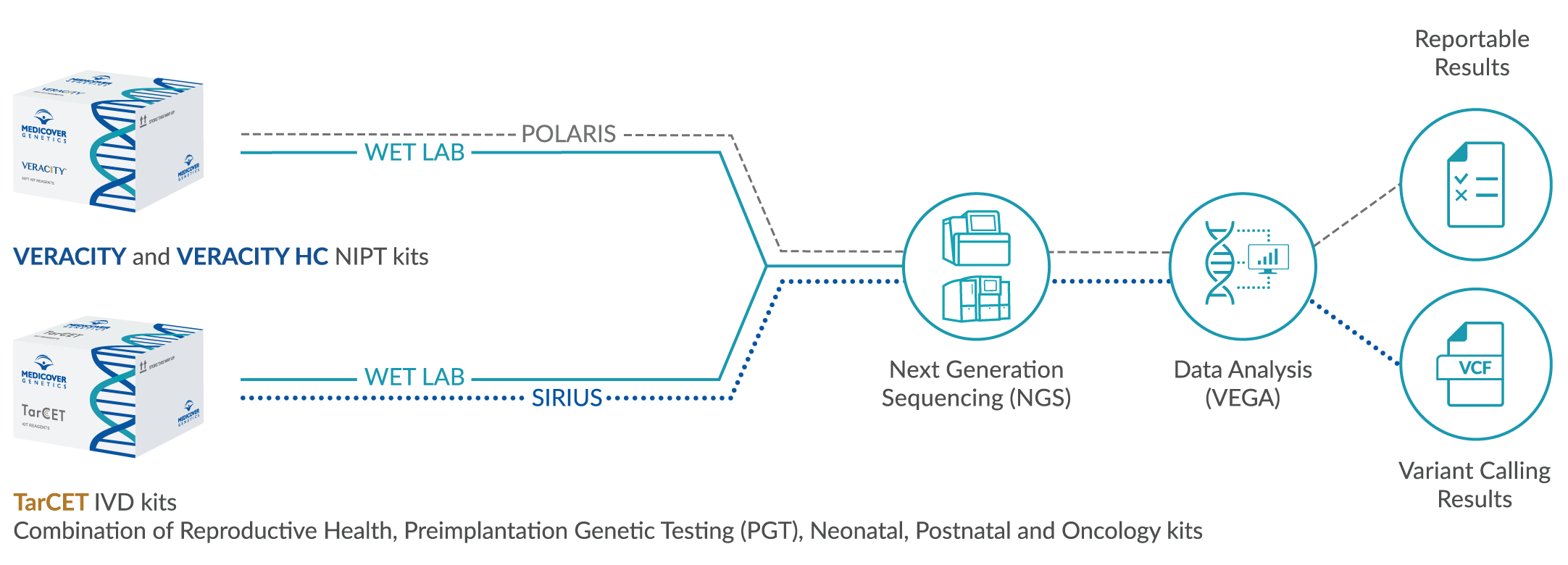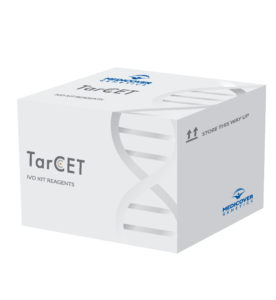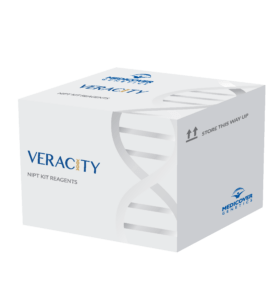The most common form of hypophosphatemia or hereditary hypophosphatemic rickets without hypercalciuria is caused by causative variants in the PHEX gene, which codes for the phosphate-regulating endopeptidase. The disease is inherited in an X-linked manner; however, females and males are equally affected. Penetrance is 100% and prevalence is 1:20,000. In addition to hypophosphatemia, growth retardation, rickets, osteomalacia, bone abnormalities, bone pain, spontaneous dental abscesses, hearing loss, enthesopathy, osteoarthritis, muscle dysfunction, impaired renal phosphate reabsorption, and impaired vitamin D metabolism are seen.
The clinical presentation of X-linked hypophosphatemia (XLH) is highly variable, ranging from isolated hypophosphatemia to severe lower extremity deformity. The diagnosis is often made in the first two years of life when lower extremity deformity becomes apparent as a child starts to walk. However, due to the highly variable clinical presentation, the diagnosis is sometimes not made until adulthood. There is evidence that the type of genetic alteration correlates with the severity of the disease. For example, patients with larger deletions tend to be more severely affected than patients with missense variants. This may explain the large phenotypic variability.
Low serum phosphate levels and reduced tubular phosphate reabsorption in children suggests hypophosphatemia caused by variants in the PHEX gene. Clinically, progressive deformities of the lower extremities with decreasing length growth can be observed, as well as changes in the metaphyses of the lower extremities visible on x-ray. In addition, patients with XLH are prone to spontaneous dental abscesses.
Externally, the skeletal changes in nutritional rickets cannot be distinguished from hereditary forms of rickets. However, there is a biochemical distinction: in hypophosphatemic rickets, serum concentrations of calcium and 25-hydroxy vitamin D (calcidiol, the storage form of vitamin D) are within the normal range, unlike in nutritional rickets. In contrast, di-hydroxy vitamin D (calcitriol, active vitamin D) is reduced in hypophosphatemic rickets.
In addition to variants in the PHEX gene, other genetic and acquired disorders can also cause renal phosphate loss. These include variants in the FGF23, DMP1, ENPP1, SLC34A3, SLC9A3R1, SLC34A1, CLCN5, and FAM20C genes, and conditions such as McCune-Albright syndrome (GNAS gene), Schimmelpenning-Feuerstein-Mims syndrome (KRAS, HRAS, and NRAS genes), Fanconi syndrome, and tumor-induced osteomalacia.
Treatment options include administration of active vitamin D analogs and phosphate supplementation to correct 1,25 (OH) 2 vitamin D deficiency and compensate for renal phosphate loss. In addition, therapy with KRN23/burosumab, a recombinant human monoclonal antibody against FGF23, has been approved in Europe since 2018.
References
Beck-Nielsen et al. 2019, Orphanet Journal of Rare Diseases 14:58 / www.orpha.net / Ruppe M.D. 2017, GeneReviews® [Internet], www.ncbi.nlm.nih.gov/books/NBK83985/





















